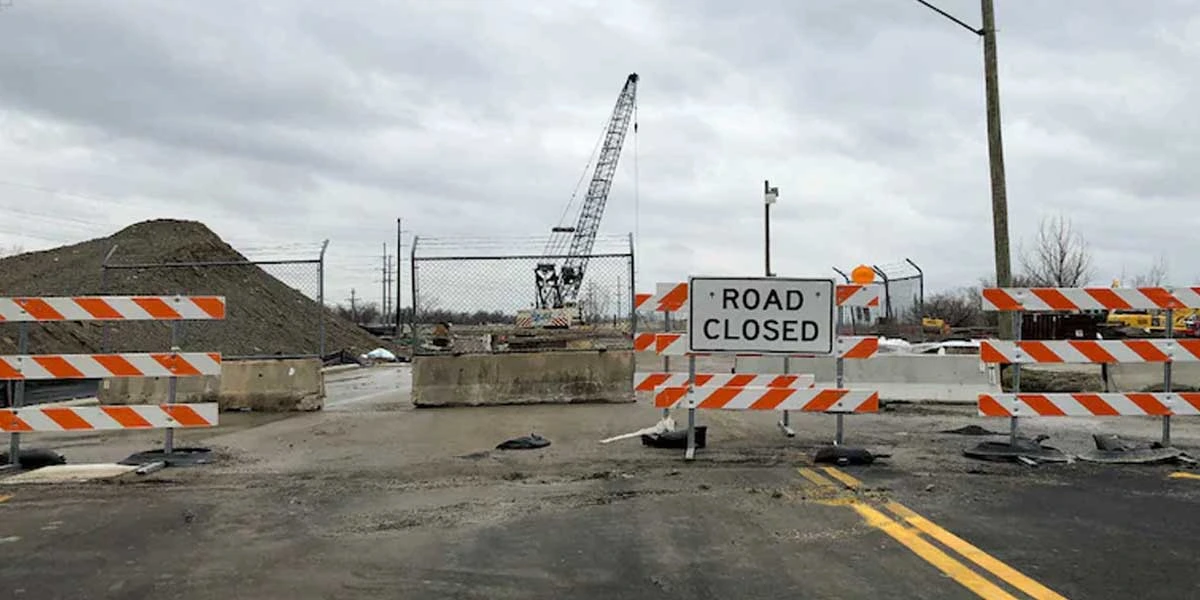
Monetizing assets is key to the survival of operators, while also giving agencies such as MoRTH and NHAI the necessary resources to continue building infrastructure projects.
Also, as we scale the pace of infrastructure construction in India, one of the main concerns is unlocking the investment value of these assets to generate long-term patient capital that can be used for further common good, mainly in infrastructure projects.
With any road project, 80-85 percent of NHAI spending goes into construction and land acquisition, so monetization of assets remains an important aspect. In addition, the National Monetization Pipeline (NMP) has mandated that Rs 1.6 lakh crore in revenue should come from the road and highway sector out of a total of Rs 6 lakh crore. “To achieve this goal, different approaches have been used ranging from InvITs and TOT to HAM,” said Anand Kulkarni, director of CRISIL. “In the current scenario, InvITs have worked out well for NHAI. Although TOT models have also been used to fundraise, the response has been mixed: 50 percent of the projects were awarded under TOT, but half of these projects were cancelled. So it's safe to say that the InvIT model will continue to play a key role in monetization. However, challenges remain.”
Market gurus point out that while NHAI announces and awards projects, in many cases it is unable to complete the land purchase on time. Keeping this in mind when bidding for the first time itself, additional costs are taken into account. However, when the inflation period starts, the NHAI compensates for it through the Wholesale Price Index (WPI), but the real inflation is much higher. This in turn creates cost pressure.
Automotive Body Coach Building
Hydraulic & Pneumatic Equipment
Industrial & Shipping Containers, Barrels And Drums
Insulators, Insulation Material & Accessories
Mechanical Power Transmission Tools And Accessories
Miscellaneous Automobile Parts, Components & Equipment
Miscellaneous Electrical & Electronic Items
Ship & Marine Tools, Equipment & Accessories